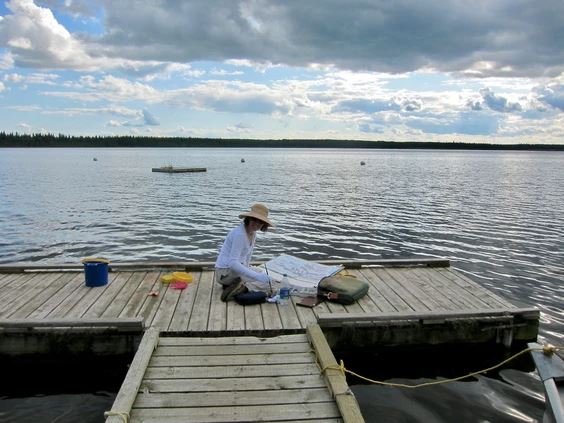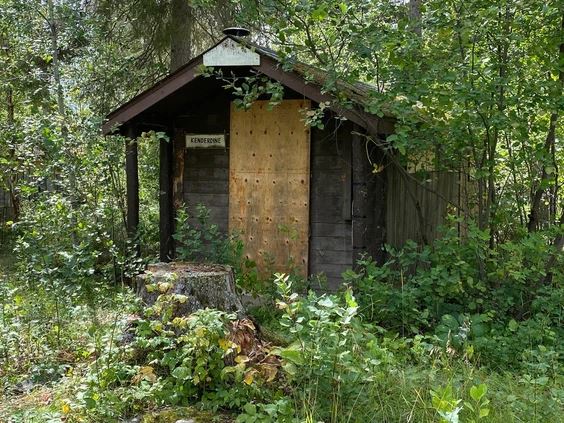
Summers at Emma: Sask. artists reflect on legacy of Emma Lake workshops (part 1)
“The workshops were probably the most important development in my time period ... for this area — not just Saskatoon, but Western Canada.”
By Jocelyn Bennett • Saskatoon StarPhoenixFor more than 50 years, the University of Saskatchewan offered an illustrious summer workshop for visual artists at its Emma Lake Kenderdine Campus.
Artists from all over the world visited the province to immerse themselves in their craft until funding shortages forced its closure in 2012.
Now, the U of S has plans to revitalize the site while honouring the camp’s legacy.
Read part two of this feature HERE, which highlights artist voices spanning several decades with first-hand accounts of the Emma Lake Artists’ Workshops.
Lorenzo Dupuis (BFA'75, BEd'81, PGD'89, MFA'96) remembers being greeted by the smell of pine every summer when he arrived at Emma Lake.
“It would just take you away from your city environment and it would put you into a new frame of mind that would be ideal for those two weeks,” he said in an interview with the Saskatoon StarPhoenix.
The first time Dupuis participated in the Emma Lake Artists’ Workshop, the Saskatoon abstract painter remembers having a cabin mate whose snoring kept him awake. When he asked for a new facility, he was given the only remaining building — an older cabin no one else wanted, part of the old campus.

“I just loved it. It became my home at all the Emma Lake art workshops. It was isolated from the rest in the little forested area, and I loved to paint the forest at that time, so it was ideal for me,” he said.
“It’s been very, very sad to see this all go.”
After the 1936 introduction of an outdoor art campus for university credit — the first of its kind in Canada — the workshops started in 1955 at the suggestion of Regina Campus Arts Department director and Regina Five artist Kenneth Lockhead.
The idea was to provide studio space and bring up a guest artist who would encourage but not lead the artists.
“The workshops were probably the most important development in my time period, certainly for me, and I would say certainly for this area — not just Saskatoon, but Western Canada,” Saskatoon painter Robert Christie (BA'67, Educ'70, BEd'72) said, adding that the workshops created international recognition for the city.
Though the campus hasn’t yet reopened after its 2012 closure, U of S President Peter Stoicheff said staff are working on a new direction that will retain the history and environment of the space while focusing on engaging the community.

Known as Kenderdine Campus in recognition of founding artist and instructor Gus Kenderdine, the campus offered various art classes in the northern Saskatchewan wilderness each summer, with professional workshops at the end of the season.
“It makes you feel, in a very good way, that you’re in a remote, secluded environment where you can have an intimate relationship with nature,” said Stoicheff, who has visited the university-leased site many times.
On Fairy Island, across the lake from the art campus, the U of S Department of Biology established a research station in the mid-1960s — the most northerly field station in Saskatchewan — and introduced ecological research in 2005.
“I think the two have informed each other. It’s nice to have contact with the biologists and see the nature … through the scientific side,” Chicago-based Saskatoon landscape painter Rebecca Perehudoff (JD'78, BA'78) said.
Stoicheff said this ‘interdisciplinarity’ — people from different disciplines interacting together in ways they wouldn’t otherwise — is a feature the U of S would like to pursue with the renovated campus.
He said they’re creating a year-round gathering place to bring people from different backgrounds and disciplines together. He would also like to continue to encourage artistic development in visual arts, music and drama, through retreats and workshops, he said.
Read the full article at https://thestarphoenix.com.

